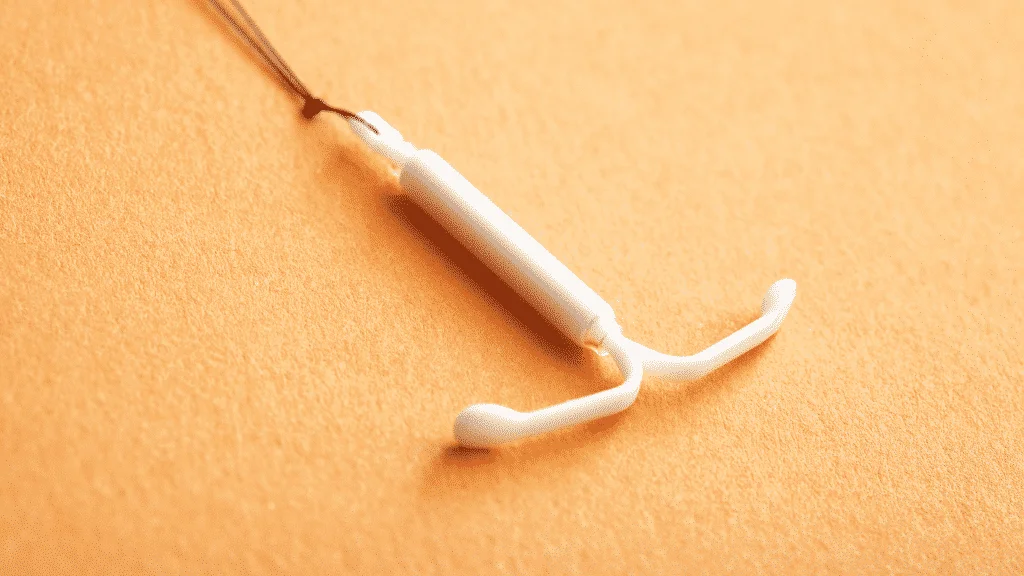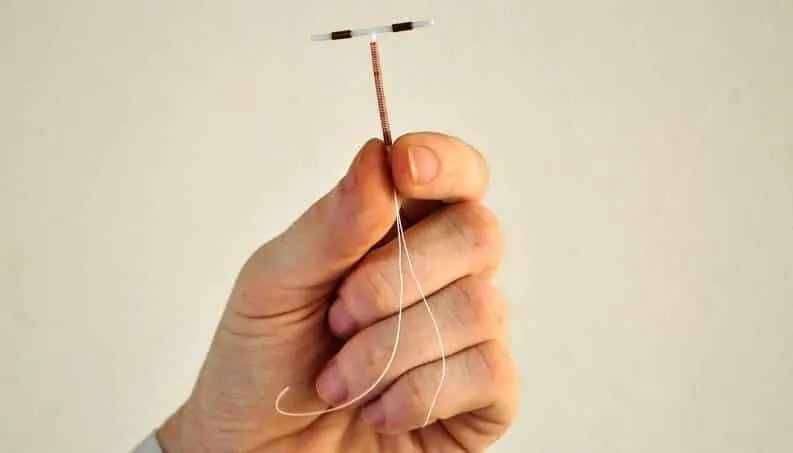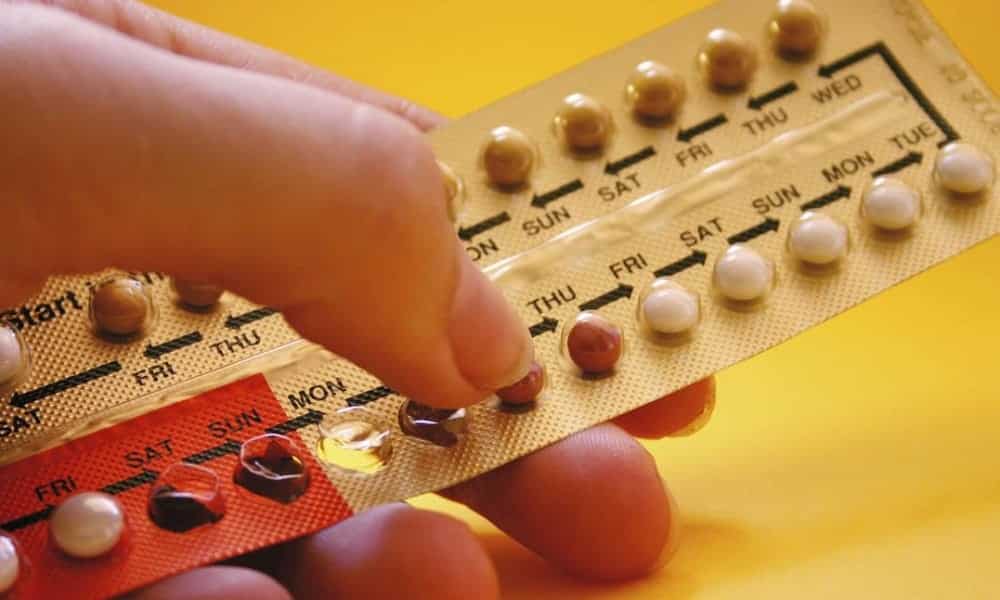No pills, no condoms and not even the IUD. The most efficient contraceptive in the world is implanted in the skin and its chances of failure are just 0.05%.
Those who do not want to have children or do not feel prepared to do so immediately always have doubts about the best contraceptive method to use. The most common nowadays are still contraceptive pills, but they are far from being the most reliable, as you need to have a good memory to take them every day, at the same time.
According to experts, the most efficient contraceptive method in the world is the implant, also called implantanon. As you will see in the list below, it offers a risk of failure of just 0.05% and is a long-term method as it is inserted below the skin. It is highly effective and has minimal or no side effects.

Alongside this most efficient contraceptive in the world, there are other long-term methods, such as hormonal and non-hormonal IUDs. According to a study published by the New England Journal of Medicine, these are considered the safest methods after implantation as they can be “forgotten” by the woman after being implanted and their effectiveness lasts for years.
Find out more about the most efficient contraceptive in the world and others that are also safe:
Implant

Considered the most efficient contraceptive in the world, the implant is a small stick that is inserted under the skin of the arm and releases doses of progesterone into the body. It lasts three years and its failure rate is just 0.05%.
It requires anesthesia to be implanted and removed, and needs to be inserted by a specialist in an office. Regarding fertility, it returns one to three months after the implant is removed.
Some women report a decrease in libido while using this contraceptive method.
IUD with hormone

The hormonal IUD or mirena releases specific doses of progesterone directly into the uterus and reduces the chances of getting pregnant to 0.2%. The duration of this contraceptive method is up to 5 years and is recommended for women who do not want to have children immediately.
The disadvantages are that the woman may stop menstruating or have a significantly reduced flow. It also requires anesthesia to be inserted and must be placed by a specialist in an office. In the case of women who have just given birth, you need to wait about six weeks after giving birth.
It can also be removed at any time, however, the woman’s fertility only returns to normal within one to three months after removal, as it is a hormonal method.
Progesterone injections

This is the best option for those suffering from anemia or endometriosis, as menstruation stops. The injection needs to be applied every three months and is recommended for those who do not want to have children in the “medium term”.
It can cause fluid retention and weight changes. Its effectiveness, however, is 0.3%.
Hormone-free IUD

Also known as a copper IUD, the chance of it failing is less than 1%. In the body, it lasts 10 years and can be placed right after birth.
It can also be removed at any time if the woman wants to get pregnant, as the woman’s fertility returns immediately after removal.
The downside is that it increases menstrual flow.
So, did you know what the most efficient contraceptive method in the world is? Which of these methods considered safe do you use or have you used? Don’t forget to comment!
Now, speaking of contraceptives, you might be interested in checking out: The chances of getting pregnant with each contraceptive method if used incorrectly.
Sources: Crescer Magazine, Vix

Sign up for our newsletter and stay up to date with exclusive news
that can transform your routine!
Warning: Undefined array key "title" in /home/storelat/public_html/wp-content/plugins/link-whisper-premium/templates/frontend/related-posts.php on line 12
Warning: Undefined array key "title_tag" in /home/storelat/public_html/wp-content/plugins/link-whisper-premium/templates/frontend/related-posts.php on line 13




